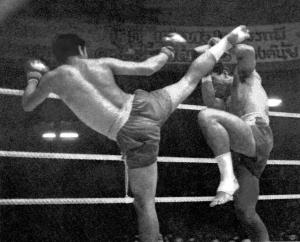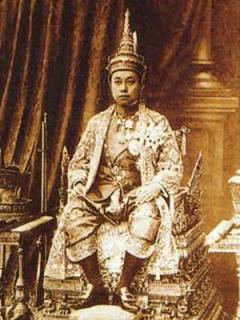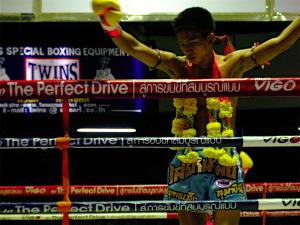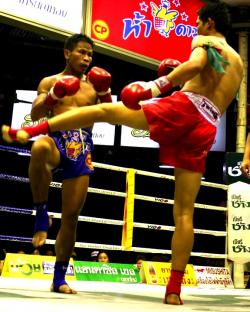Muay Thai . Functional Fitness . Sauna . Store
Reach Your Goals
The team at No Limits Combat Sports can help you reach your goals no matter what they are.
One On One Private training sessions are perfect to really focus on you, our trainers can tailor a workout or program to suit your specific needs.
Our Fight Fit sessions are a combination of weights, functional fitness and HIIT that are perfect if you trying to lose weight, build muscle or just to give your self that winning edge Fighting Fit will get you into fighting shape in no time.
Muay Thai known as the art of eight limbs incororates punches, kicks, knees and elbows. Muay Thai is our passion our trainers have over 30+ years experience from just training for fitness to amateur and professional fighters
Ladies Classes we know starting at a new gym can be daunting so we have created a ladies class with our female trainer. These classes are a high intensity combination of Mauy Thai techniques and internal training.
What is Muay Thai
Muay Thai or Thai Boxing is the national sport and cultural martial art of Thailand. It was developed several hundreds of years ago as a form of close-combat that utilizes the entire body as a weapon.
Today its definitive origins are debated by modern scholars, as much of the muay thai history was lost when the Burmese ransacked Ayudhaya, Siam’s capital city in Thailand, during the 14th century.
Most written muya thai history was lost when the Burmese looted the temples and depositories of knowledge held in Ayudhaya, and what volumes were saved are now national treasures that are preserved and protected as documentation for Thai culture and heritage.
History of Muay Thai & Origin
Muay Thai is referred to as “The Art of Eight Limbs”; and using eight points of contact the body mimics weapons of war. The hands become the sword and dagger; the shins and forearms were hardened in training to act as armor against blows, and the elbow to fell opponents like a heavy mace or hammer; the legs and knees became the axe and staff. The body operated as one unit. The knees and elbows constantly searching and testing for an opening while grappling and trying to spin an enemy to the ground for the kill.
The King of Thailand is an avid fan of Muay Thai. Since being crowned its popularity has grown more than in any other era in history.
Wai Kroo/Ram Muay
The Wai Kroo is a ritualistic dance carried out before fighters engage in the ring. The tradition dates back several centuries and is meant to show honor to the fighter’s teacher, the sport of Muay Thai and his country. The Ram Muay is a dance unique to each master instructor and taught to his students. The student will dance in each direction of the ring, touching each corner post with a prayer, showing his respect to his opponent and the spirits.









